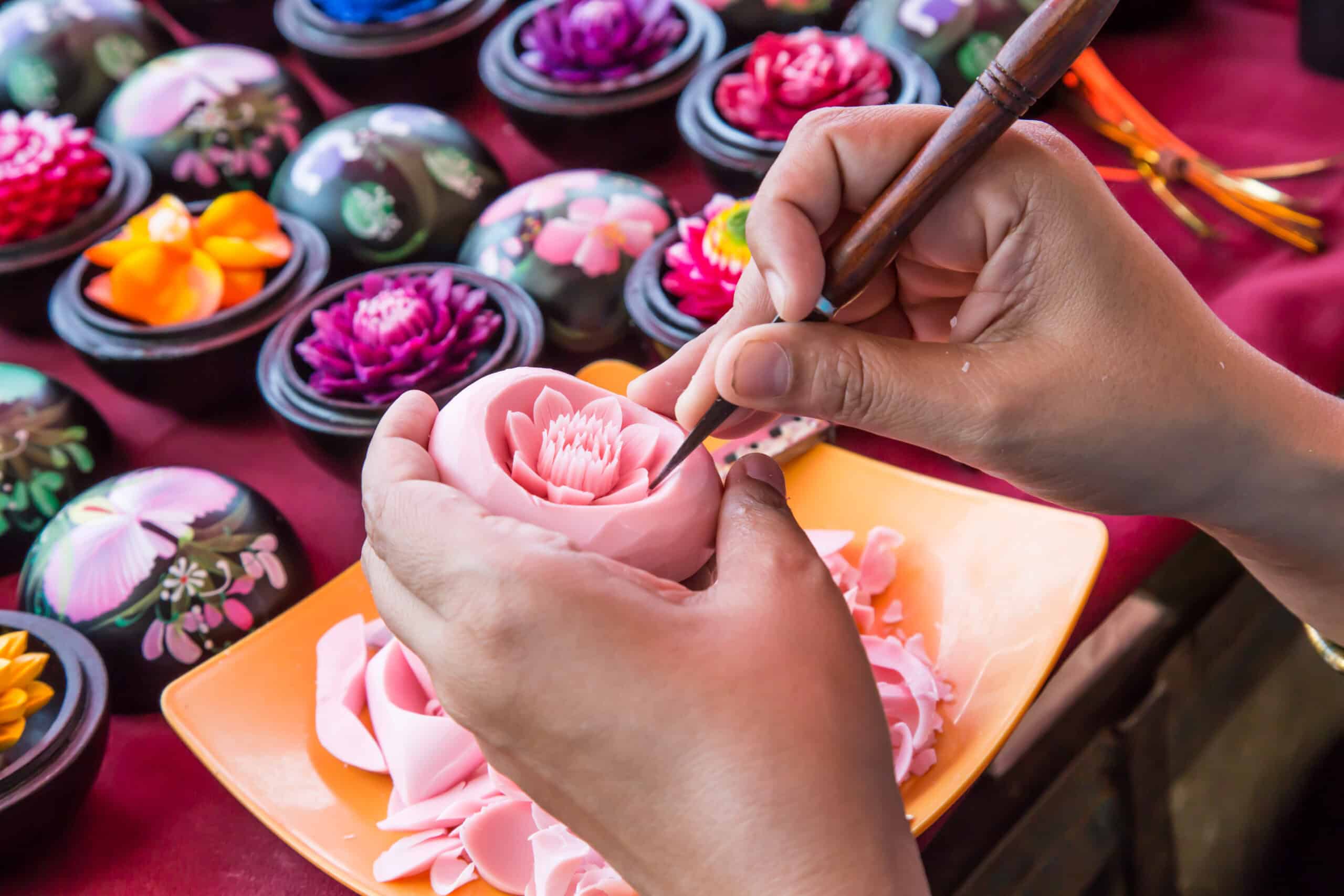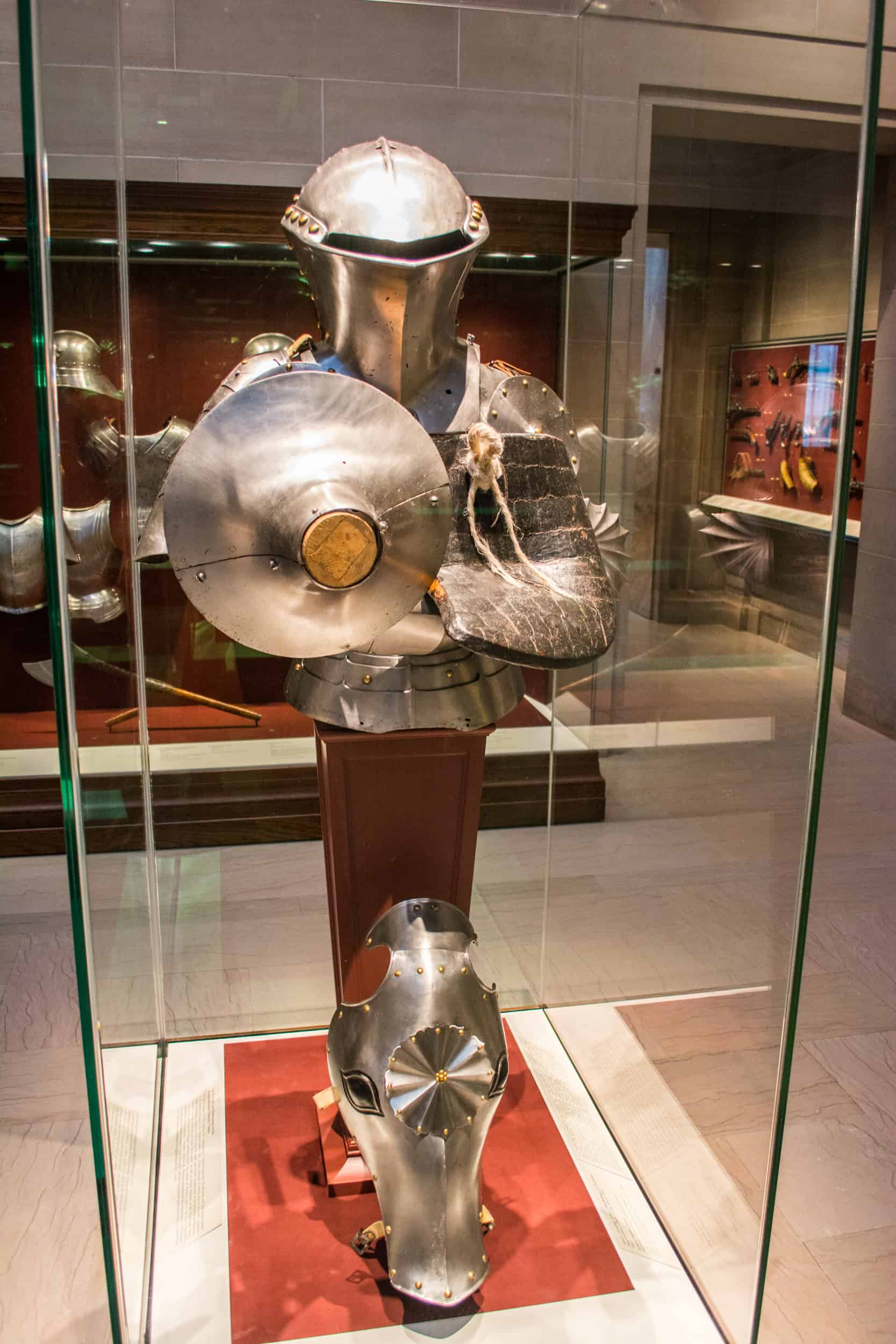Exploring the hidden corners of the world’s jungles reveals an array of exotic fruits that are as fascinating as they are delicious. These fruits, often unknown to many, boast unique flavors, vibrant colors, and remarkable health benefits. From the pungent durian to the sweet mangosteen, each fruit offers a taste of the extraordinary. This list highlights some of the most intriguing exotic fruits found in remote jungles, detailing their characteristics and prices, making them a must-try for adventurous eaters and fruit enthusiasts alike.
Durian
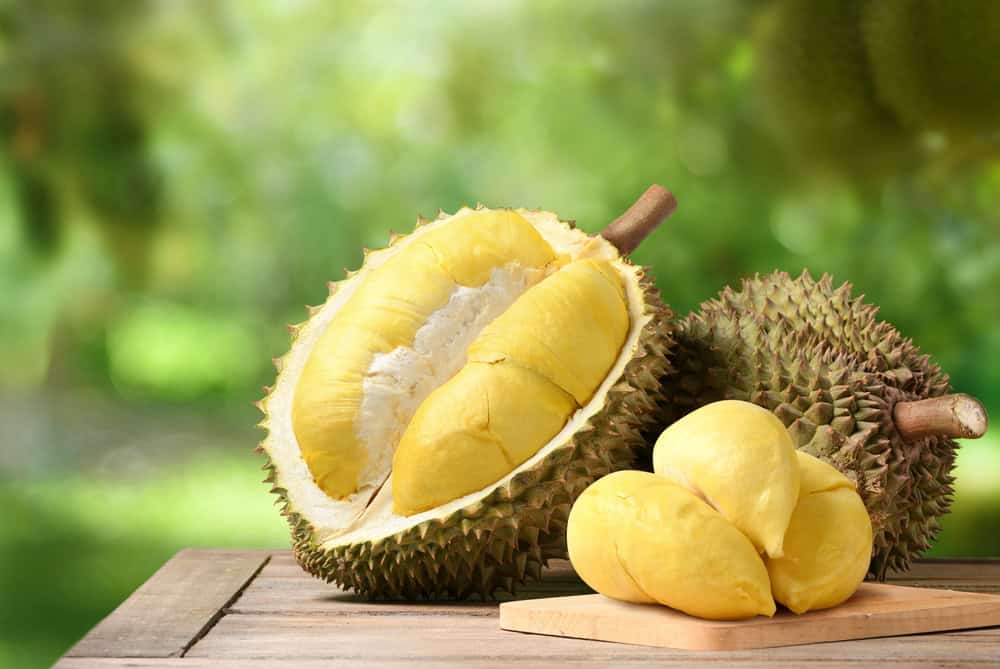
Often dubbed the “king of fruits,” durian is notorious for its pungent smell. This tropical fruit, native to Southeast Asia, features a thorn-covered husk and creamy flesh with a custard-like texture. Despite its odor, durian is a delicacy and can fetch prices up to $50 per fruit in premium markets. The flavor is rich and complex, with hints of almond, cheese, and garlic. Its high price and unique taste make it a sought-after item among adventurous food enthusiasts. Due to its strong smell, many hotels and public transport systems in Asia prohibit its presence.
Mangosteen
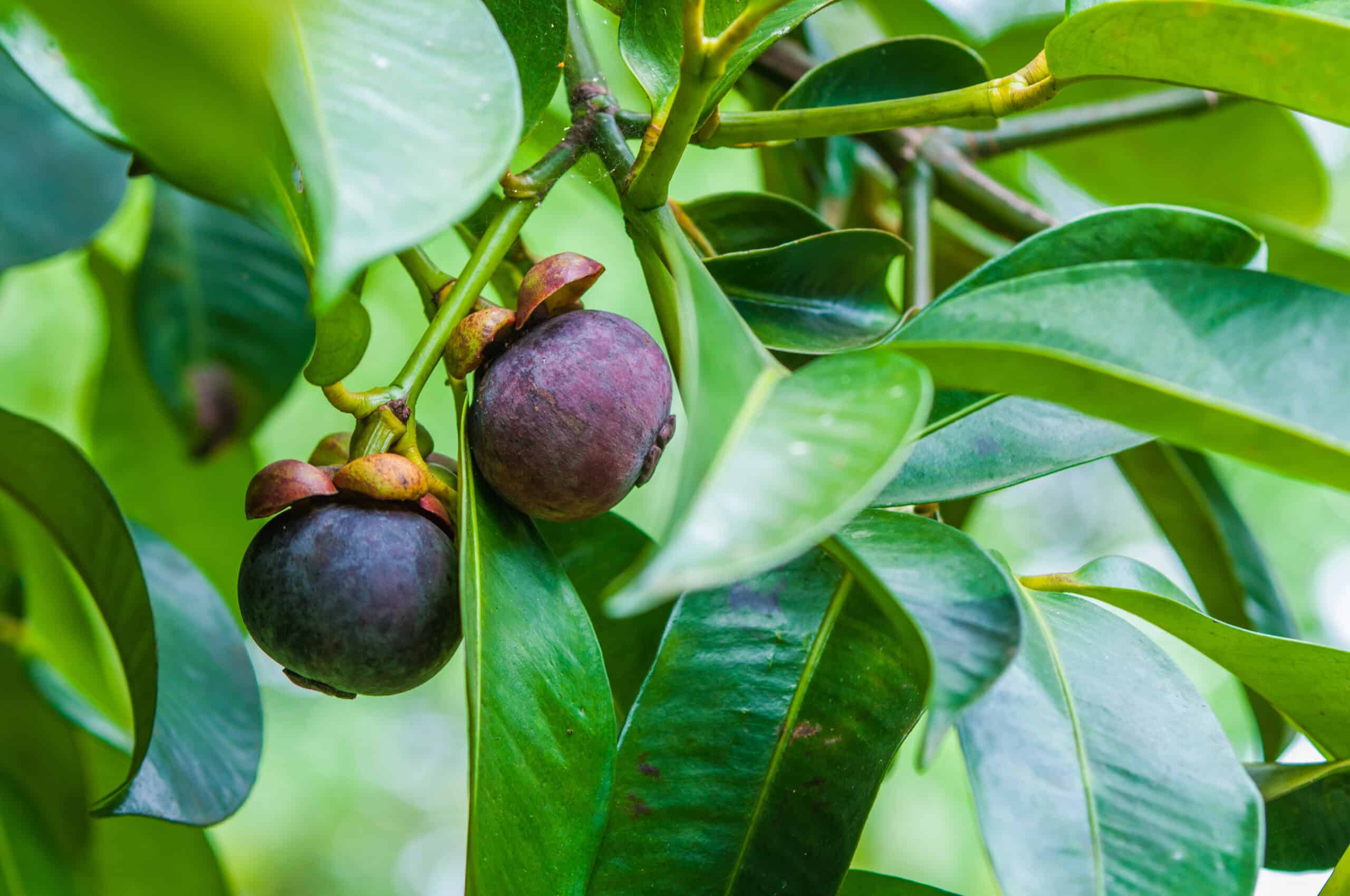
Mangosteen, known as the “queen of fruits,” boasts a thick purple rind and juicy, segmented flesh. Indigenous to Southeast Asia, this fruit is prized for its sweet, tangy flavor and numerous health benefits. Prices for mangosteen can reach $8 per pound in specialty stores. The fruit’s white, succulent segments are not only delicious but also packed with antioxidants. Its rarity outside its native regions makes it a luxurious treat, often used in exotic dishes and high-end desserts.
Rambutan
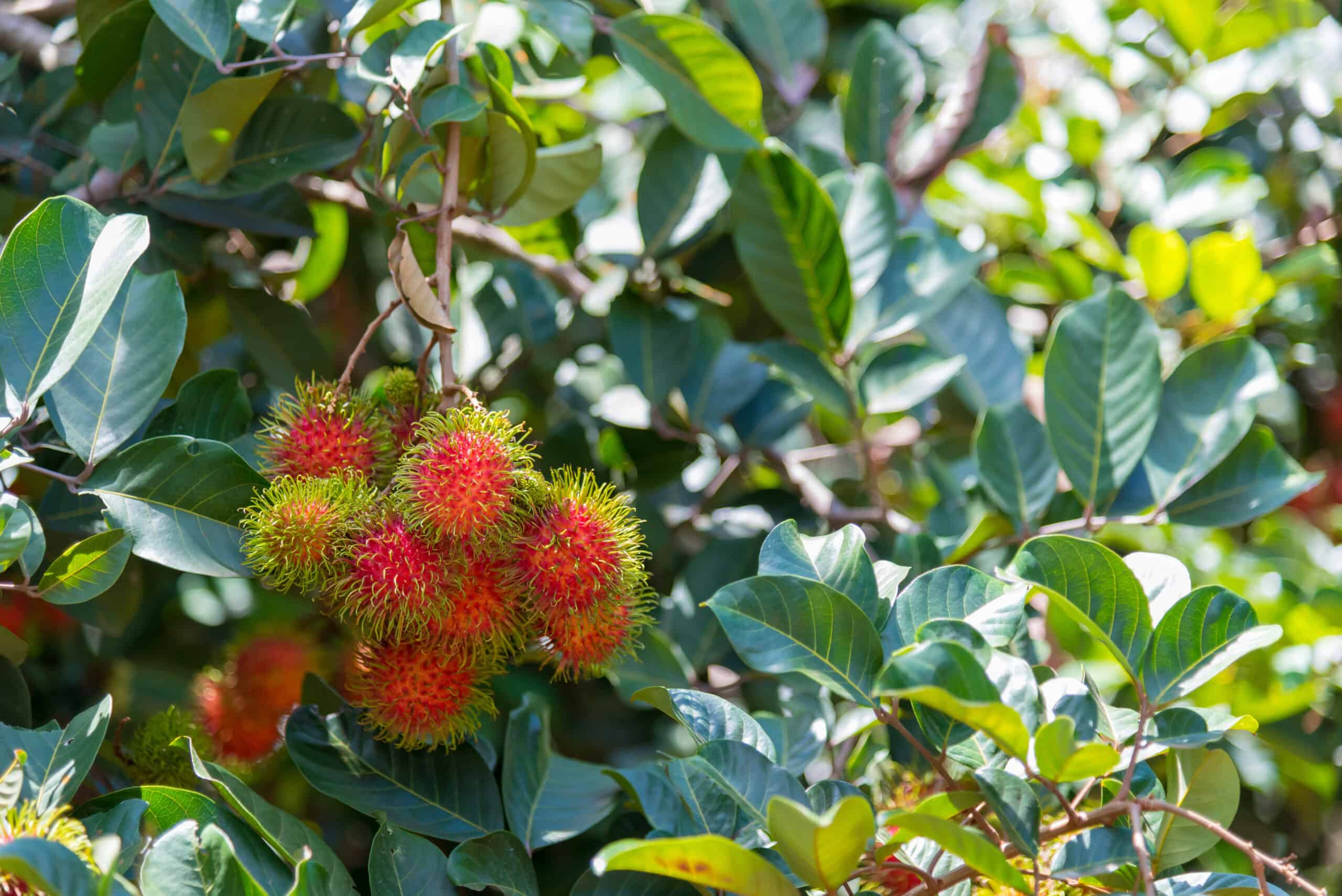
Rambutan is a visually striking fruit covered in soft, hairy spines. Native to the Malay-Indonesian region, its name is derived from the Malay word for “hair.” This fruit has a sweet, slightly acidic flavor and is often compared to lychee. Rambutan typically costs around $5 to $10 per pound. Its translucent flesh is rich in vitamin C and antioxidants, making it both a tasty and nutritious snack. The fruit’s vibrant appearance and unique taste make it popular in fruit salads and tropical desserts.
Salak (Snake Fruit)
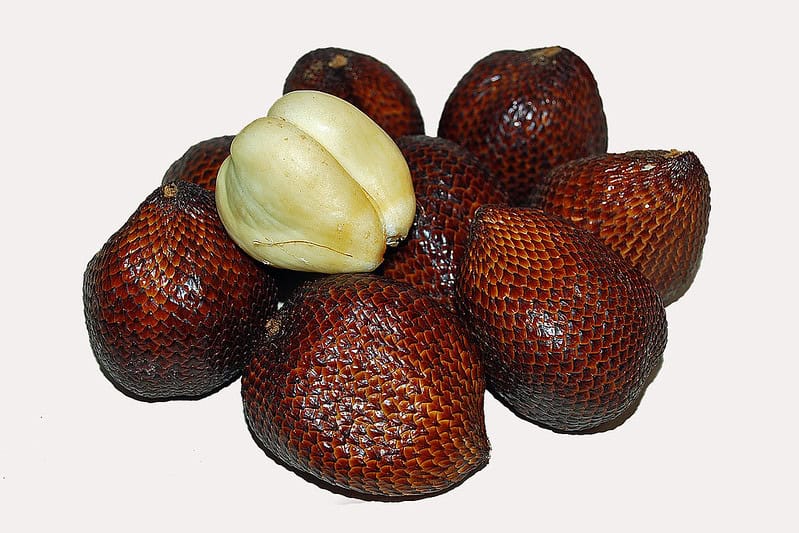
Salak, or snake fruit, is named for its reddish-brown scaly skin. Found in Indonesia, Malaysia, and Thailand, this fruit has a sweet and tangy flavor with a crisp texture. Salak sells for about $3 to $5 per pound. Inside, the fruit consists of three lobes that resemble large garlic cloves, each containing a hard seed. Its refreshing taste and unusual appearance make it a fascinating addition to exotic fruit baskets and gourmet dishes.
Cupuaçu
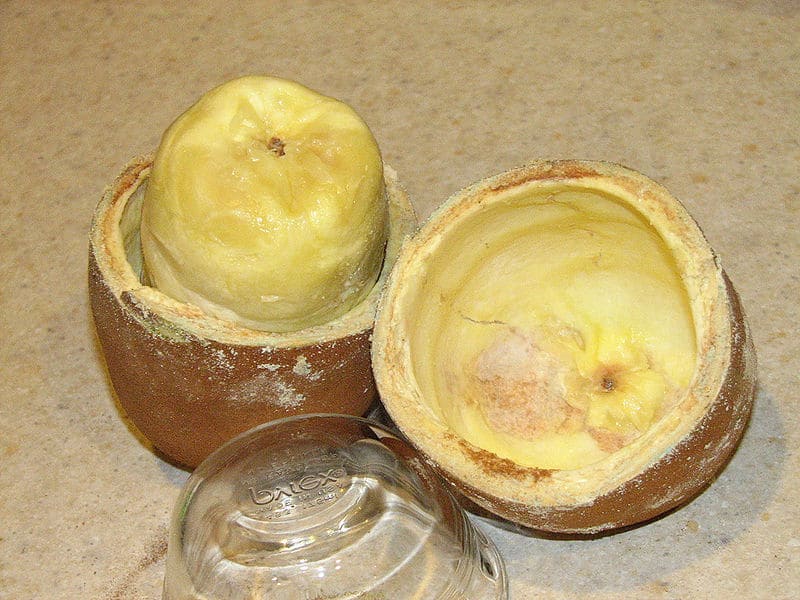
Cupuaçu, a relative of cacao, grows in the Amazon rainforest. It has a thick, brown shell and a creamy, aromatic pulp inside. This fruit is often used in desserts, smoothies, and health supplements. The price of cupuaçu varies, but it can be around $10 to $15 per pound. Known for its unique flavor, a mix of chocolate and pineapple, cupuaçu is also valued for its skin-enhancing properties in cosmetics. Its exotic taste and health benefits make it a popular choice among health-conscious consumers.
Longan
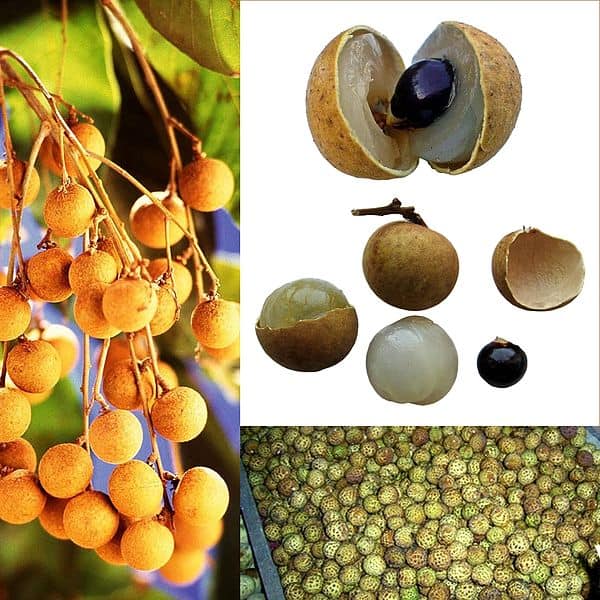
Longan, often referred to as “dragon’s eye,” is a small, translucent fruit encased in a thin, brown shell. Native to South Asia, it is closely related to lychee and rambutan. Longan has a sweet, slightly musky flavor and is often used in Asian cuisines. It usually costs about $7 to $10 per pound. This fruit is rich in vitamin C, iron, and potassium, making it a nutritious addition to desserts and beverages. Longan’s delicate taste and health benefits make it a favorite in many tropical regions.
Jabuticaba
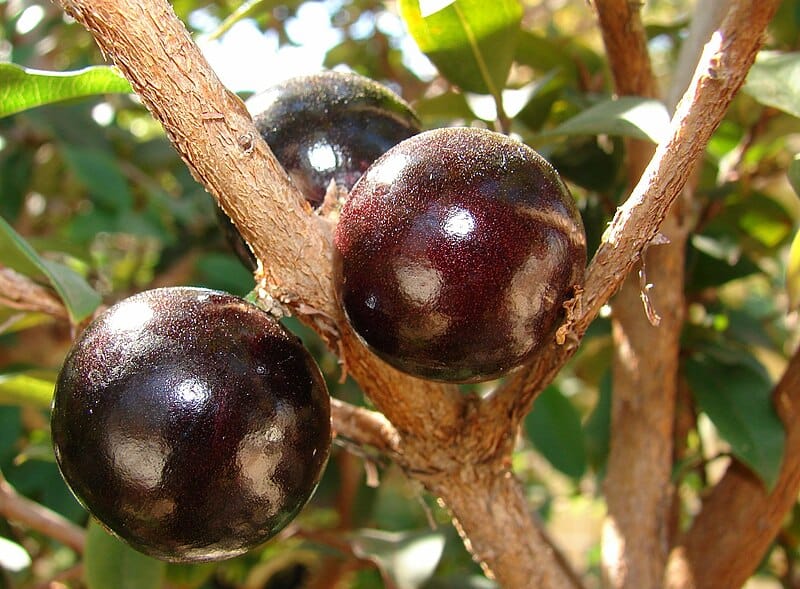
Jabuticaba is a unique fruit that grows directly on the trunk of the tree, giving it a grape-like appearance. Native to Brazil, it has a thick purple skin and a sweet, gelatinous pulp. Jabuticaba is often eaten fresh or used to make jellies, wines, and liqueurs. It typically costs around $12 to $20 per pound. The fruit is rich in antioxidants and has anti-inflammatory properties, making it both delicious and beneficial for health. Its unusual growth pattern and delightful taste make it a highlight of exotic fruit collections.
Lucuma

Lucuma, often called “Gold of the Incas,” is a subtropical fruit native to Peru. It has a bright yellow flesh with a dry, sweet taste reminiscent of maple syrup. Lucuma is commonly used in ice creams, smoothies, and desserts. The price of lucuma powder can reach $15 to $25 per pound. This fruit is high in beta-carotene, iron, and vitamin B3, making it a nutritious superfood. Its unique flavor and health benefits have made it increasingly popular in international markets.
Cherimoya
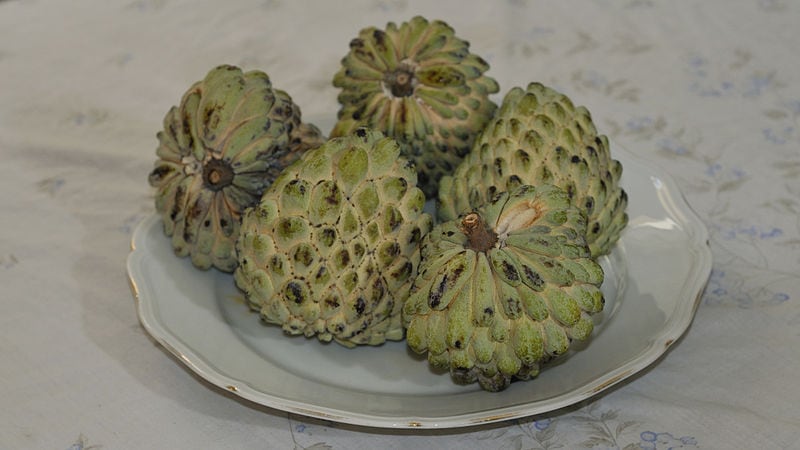
Cherimoya, also known as “custard apple,” is native to the Andean valleys of Ecuador, Colombia, Peru, and Bolivia. This heart-shaped fruit has a green, scaly skin and creamy, sweet flesh. Mark Twain once called it “the most delicious fruit known to men.” Cherimoya can cost between $5 to $10 per fruit. Its flavor is often described as a blend of banana, pineapple, and strawberry. Rich in vitamins C and B6, cherimoya is both tasty and nutritious, often enjoyed fresh or in smoothies.
Langsat
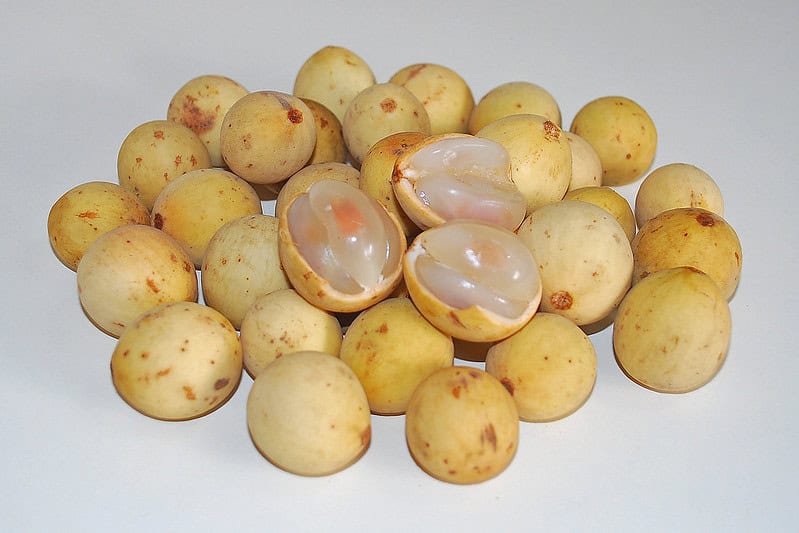
Langsat, also known as lanzones, is a small, round fruit with a thin, yellow skin and translucent flesh. Native to Malaysia and Indonesia, it has a sweet, tart flavor similar to grapes. Langsat is typically priced at $3 to $6 per pound. The fruit is rich in vitamins A, B, and C, making it a nutritious snack. Its unique taste and health benefits make langsat a popular choice in Southeast Asian markets and beyond.
Pulasan

Pulasan is closely related to rambutan and lychee, featuring a hairy, reddish-brown skin. Native to Malaysia and Indonesia, its sweet, juicy flesh is often eaten fresh. Pulasan can cost around $6 to $10 per pound. The fruit is high in vitamins C and A, as well as antioxidants. Its delightful taste and nutritional value make pulasan a cherished fruit in tropical regions.
Sapodilla
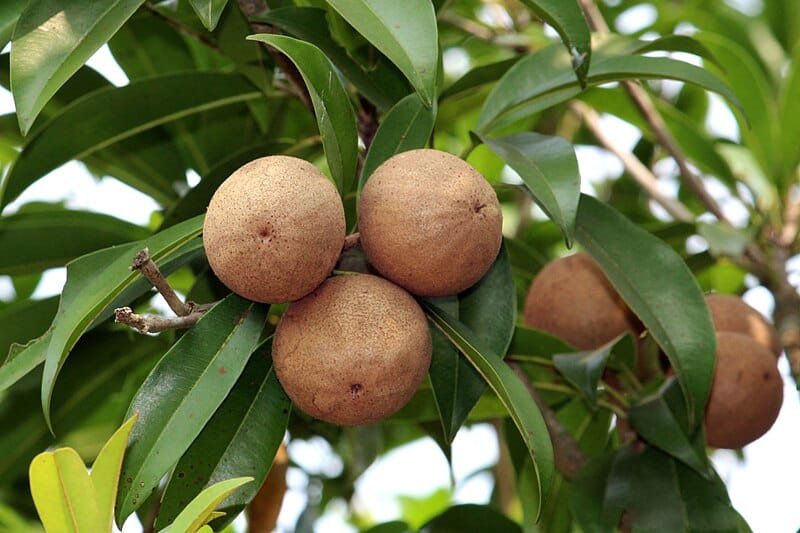
Sapodilla, also known as chico fruit, has a rough, brown skin and sweet, grainy flesh. Indigenous to Mexico and Central America, it tastes like a blend of brown sugar and pear. Sapodilla sells for about $4 to $8 per pound. The fruit is rich in vitamins A and C, as well as dietary fiber. Its unique flavor and health benefits make sapodilla a popular choice for fresh consumption and in desserts.
African Horned Cucumber (Kiwano)
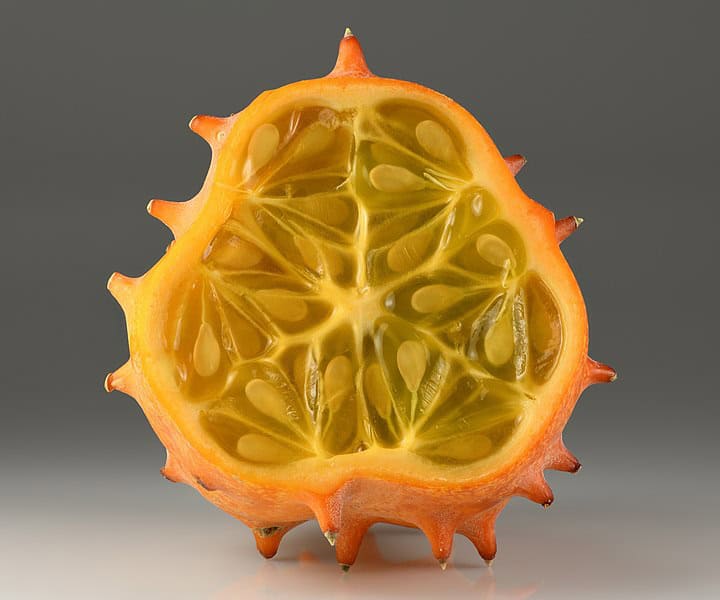
The African horned cucumber, or kiwano, is an exotic fruit with a spiky orange rind and bright green, jelly-like flesh. Native to Africa, it has a mildly sweet and tart flavor, similar to a mix of cucumber and kiwi. Kiwano typically costs around $5 to $7 per fruit. This fruit is high in vitamin C and antioxidants, making it a nutritious and refreshing snack. Its unusual appearance and taste make it a favorite in gourmet and exotic fruit markets.
Miracle Fruit
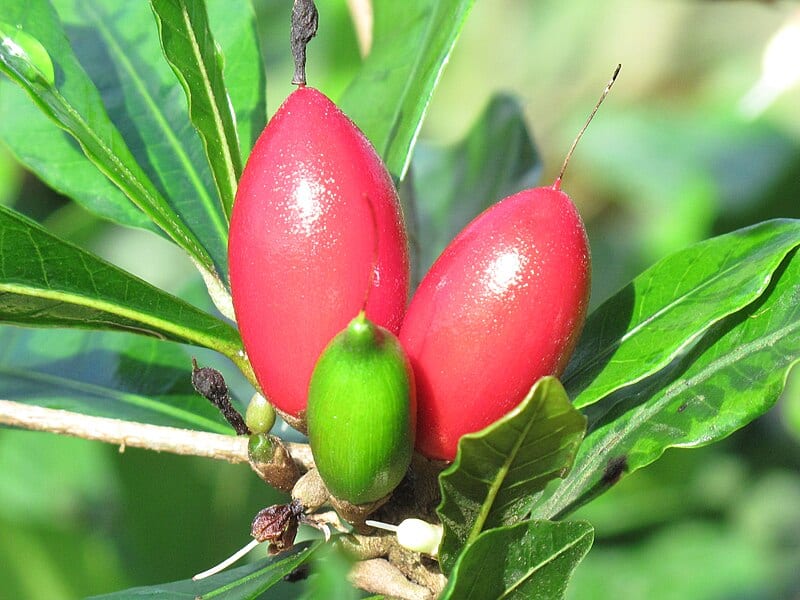
Miracle fruit, or Synsepalum dulcificum, is a small, red berry native to West Africa. It is famous for its ability to make sour foods taste sweet. Miracle fruit can cost up to $2 per berry due to its unique properties. The fruit contains a glycoprotein called miraculin, which temporarily alters taste perception. Its novelty and ability to enhance flavors make miracle fruit a popular choice for culinary experimentation and tasting events.
Abiu
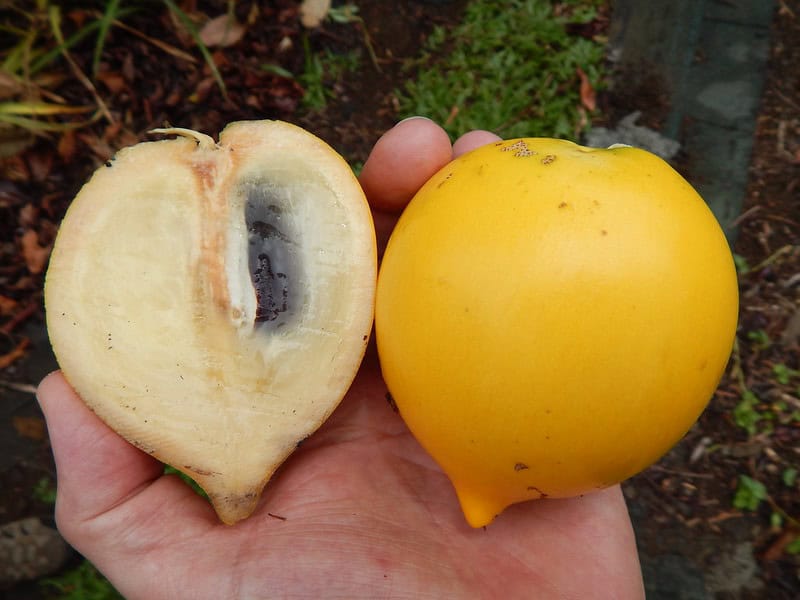
Abiu is a tropical fruit native to the Amazon rainforest, with a smooth, yellow skin and translucent, jelly-like flesh. It has a sweet, caramel-like flavor, often compared to vanilla pudding. Abiu typically sells for $4 to $6 per pound. The fruit is rich in vitamins A and C, as well as dietary fiber. Its unique taste and nutritional benefits make abiu a popular choice in tropical regions and among exotic fruit enthusiasts.
Mangaba
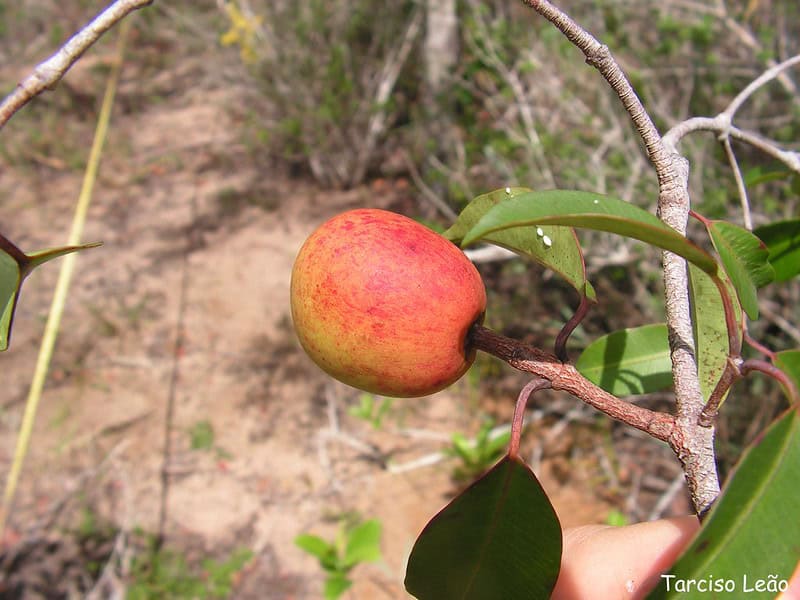
Mangaba, native to Brazil, is a small, round fruit with a yellow or red skin and sweet, tangy flesh. It is often used to make juices, jams, and desserts. Mangaba is priced at around $3 to $5 per pound. The fruit is rich in vitamins A and C, as well as antioxidants. Its refreshing taste and health benefits make mangaba a cherished fruit in Brazilian markets.
Bacaba
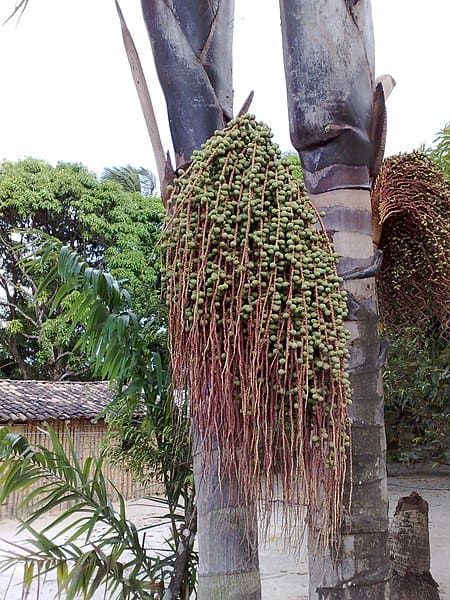
Bacaba is a dark purple fruit native to the Amazon rainforest, with a taste similar to acai. It is often used to make juices and alcoholic beverages. Bacaba can cost around $10 to $15 per pound. The fruit is high in antioxidants and omega-9 fatty acids, making it a nutritious and energizing snack. Its rich flavor and health benefits make bacaba a popular choice among superfruit enthusiasts.
This article originally appeared on Rarest.org.
More From Rarest.Org
In a world where traditional hobbies like reading and gardening are common, there exist some truly unique and fascinating pastimes. These hobbies range from extreme sports to creative arts, and they offer a fresh perspective on leisure activities. Read more.
Around the world, every culture has its unique myths and legends. Some of these are lesser-known yet incredibly fascinating. They offer insights into the beliefs and values of the communities that created them. Read more.
Throughout history, certain pieces of armor and weapons have captivated the imagination of historians and collectors alike. These artifacts tell tales of valor, power, and craftsmanship that have stood the test of time. Read more.

